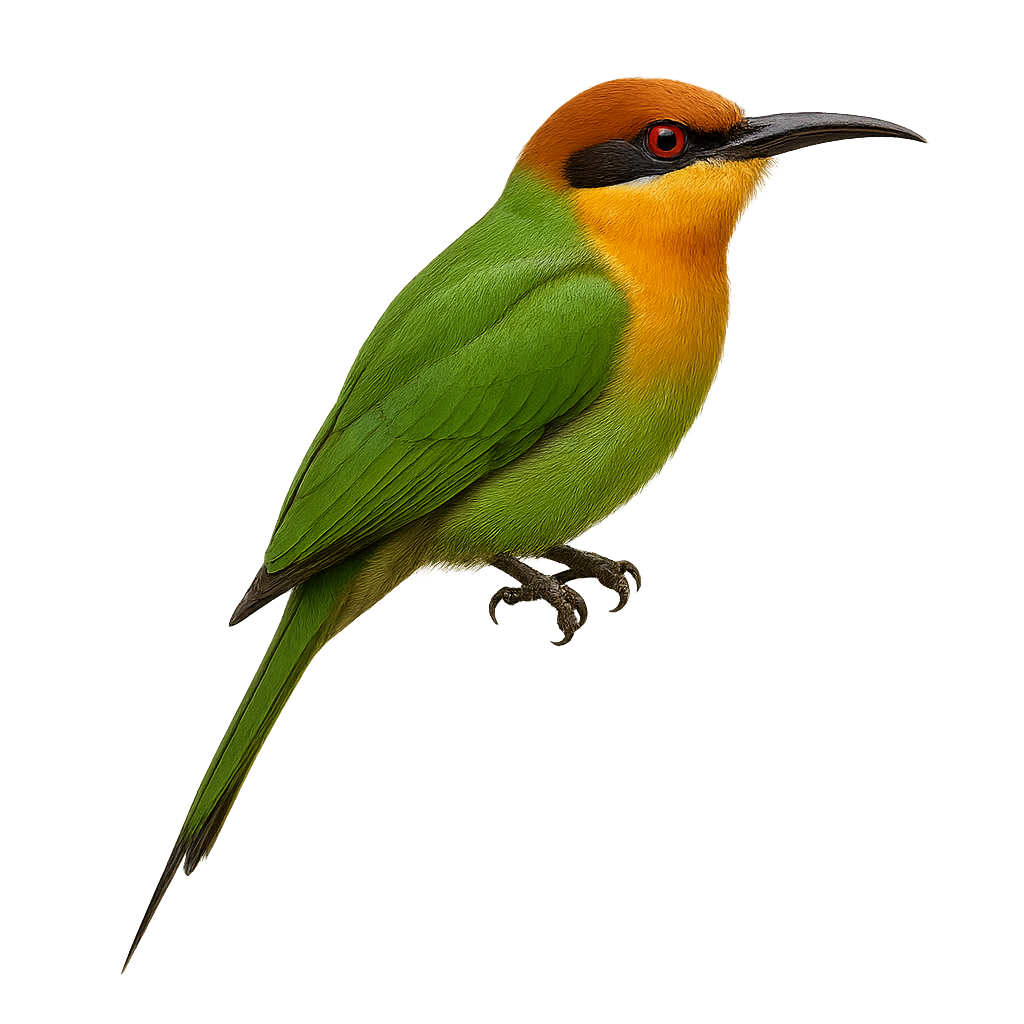Your wildlife photography guide.
Explore the boehm's bee-eater in detail, study its behavior, prepare your shots.
Where to observe and photograph the boehm's bee-eater in the wild
Learn where and when to spot the boehm's bee-eater in the wild, how to identify the species based on distinctive features, and what natural environments it inhabits. The WildlifePhotographer app offers tailored photography tips that reflect the boehm's bee-eater’s behavior, helping you capture better wildlife images. Explore the full species profile for key information including description, habitat, active periods, and approach techniques.
Boehm's Bee-eater
Scientific name: Merops boehmi

IUCN Status: Least Concern
Family: MEROPIDAE
Group: Birds
Sensitivity to human approach: Suspicious
Minimum approach distance: 10 m
Courtship display: February to April
Incubation: 20-22 jours
Hatchings: March to May
Habitat:
Wooded savannas, open forests, riparian areas
Activity period :
Primarily active during the day, with peak activity in the morning and late afternoon.
Identification and description:
The Boehm's Bee-eater, or Merops boehmi, is a colorful and fascinating bird, primarily found in the wooded regions and savannas of Central and East Africa. It is distinguished by its vibrant plumage, blending shades of green, blue, and yellow, with a long, tapered tail. This bee-eater is a specialized insectivore, feeding mainly on bees and other flying insects, which it skillfully captures in flight. Sociable by nature, it often lives in small colonies and nests in burrows dug into sandy banks. Its melodious song and aerial acrobatics make it a captivating sight for nature observers.
Recommended lens:
400mm – adjust based on distance, desired framing (portrait or habitat), and approach conditions.
Photography tips:
To photograph the Boehm's Bee-eater, choose early morning or late afternoon hours when the light is soft and flattering. Use a telephoto lens of 400mm or more to capture precise details without disturbing the bird. Be patient and observe its flight habits to anticipate its movements. A tripod can be useful for stabilizing your camera, especially if using a long focal length. Finally, try to capture the bird in mid-flight to highlight its vibrant colors and agility.
The WildlifePhotographer App is coming soon!
Be the first to explore the best nature spots, track rutting seasons, log your observations, and observe more wildlife.
Already 1 432 wildlife lovers subscribed worldwide

